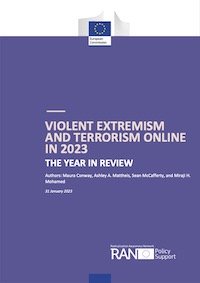By C4ADS
Executive Summary
Gun violence in Guatemala is fueled by the licit import of handguns. Once weapons have entered Guatemala, illicit actors have greater opportunity to divert these firearms from their intended use and users, instead wielding them to pursue crime and perpetrate violence.
This report uses seizure data and supply chain analysis to assess how the international flow of weapons into Guatemala is vulnerable to diversion, or the rerouting of licitly transferred conventional arms from their intended recipient or use.
This analysis reveals:
Handguns are the predominant weapon type used in violent crime in Guatemala. Many of the seized handguns are produced by major international weapons manufacturers such as Glock, Israeli Weapons Industries (IWI), Taurus, and Beretta.
Diversion pathways in-country appear among private citizens, commercial, andgovernment actors, presenting opportunities for illicit actors to acquire licit firearms.
Handguns, predominantly those made by top manufacturers, continue to flow into Guatemala.
These weapons are most often manufactured in the U.S., Brazil, and Turkey.
Manufacturers or entities within the manufacturer’s corporate network account for most handgun exports to Guatemala.
Handguns entering Guatemala primarily do so via air. They often transit through third countries and/or third parties, complicating due diligence and creating greater opportunity for diversion.
The U.S., Canada, and Germany are the most common transit countries for Guatemalan handgun imports.
U.S. gun stores are the most common non-manufacturer exporters of handguns to Guatemala.
The majority of Guatemalan importers are not end-users, but retailers that sell to both government and civilian consumers.
This report uses cases of weapons seizure and diversion to explore each of these findings. Using new data, we re-examine a case of Israeli arms that were sold in Guatemala in exchange for weapons later diverted to paramilitary forces in Colombia.
These findings illuminate areas where Guatemalan and international stakeholders can do more to counter the diversion of firearms in Guatemala. To this end, the report makes targeted recommendations for closing gaps in current legislation and enforcement.
Washington, DC: C4ADS2025. 24p.





















